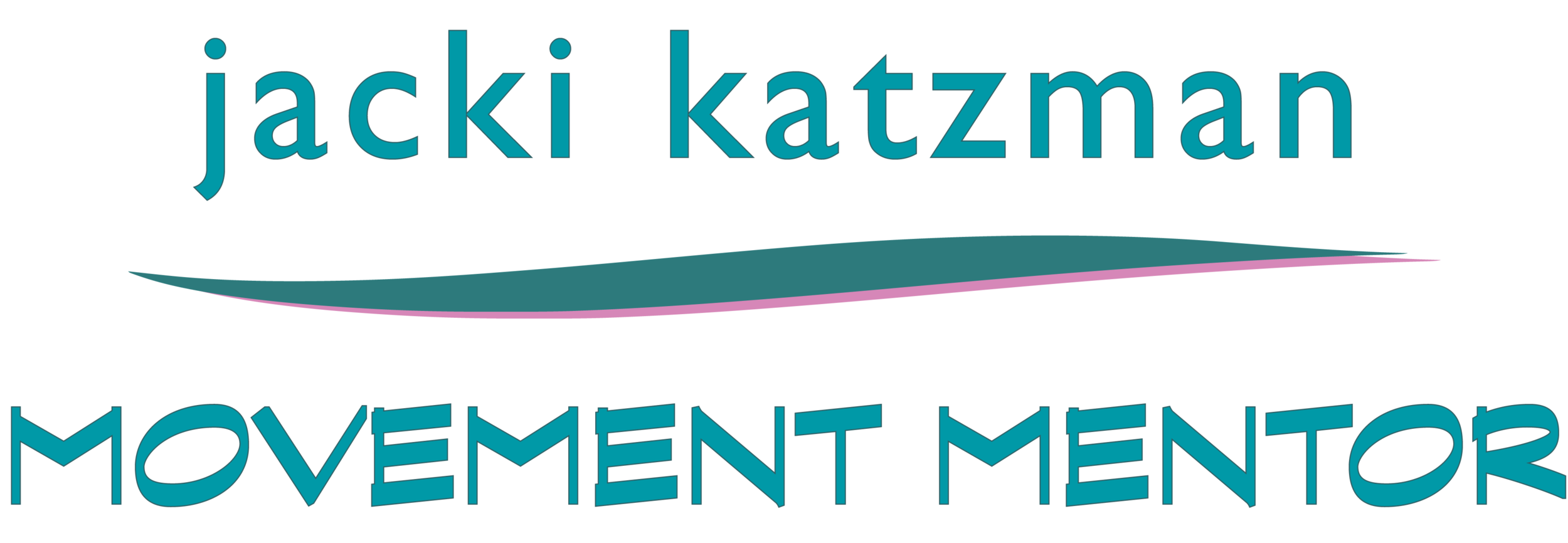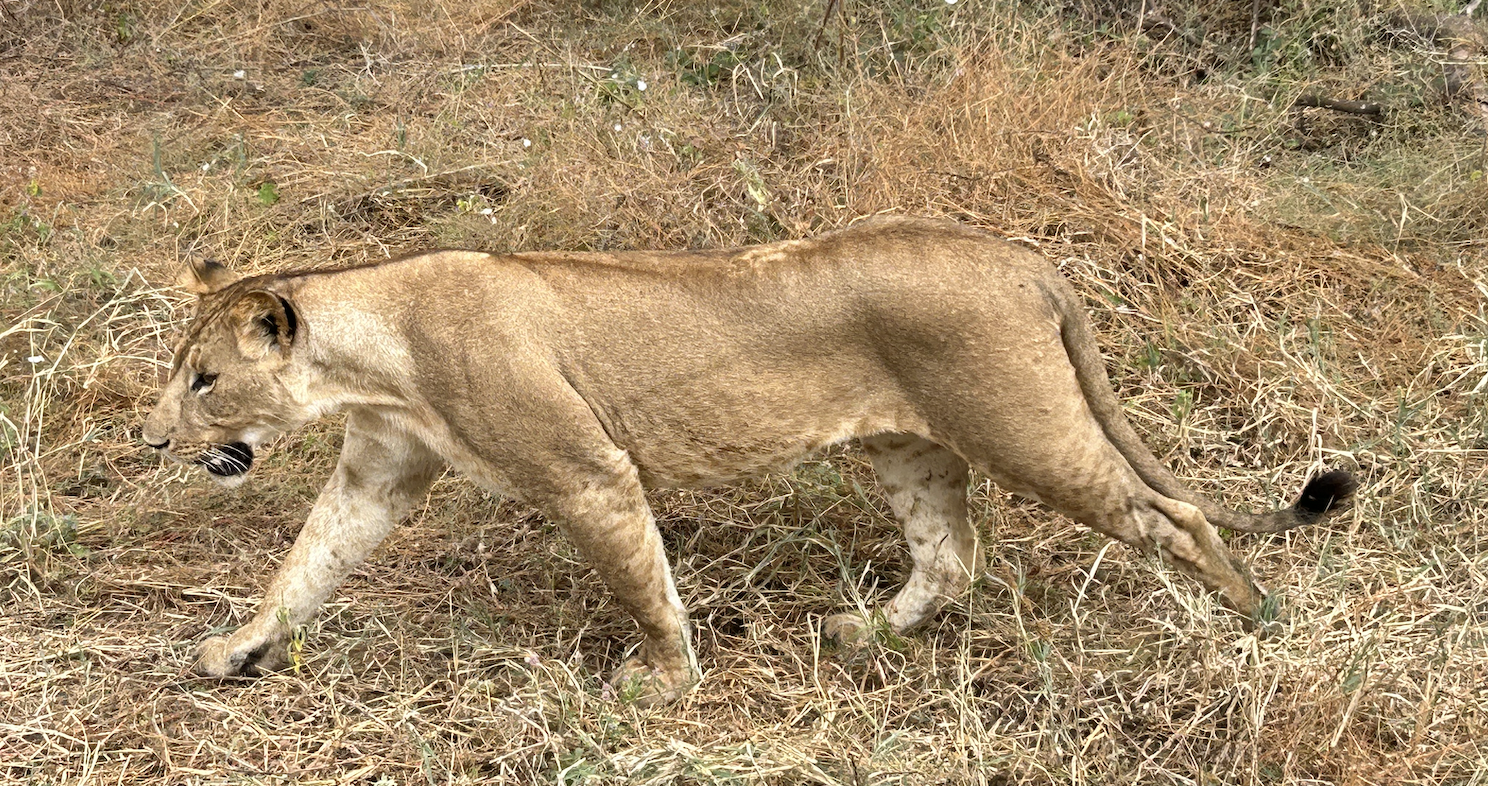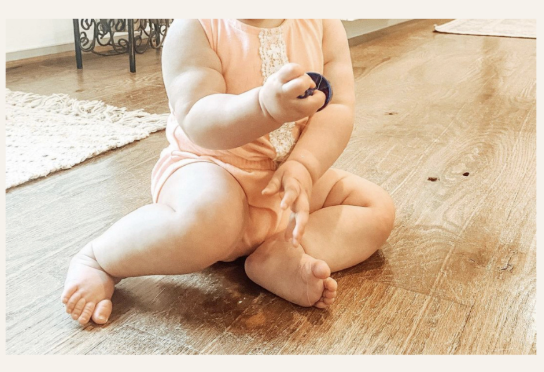Long Neck, Light Head - 4 - With a Soft and Sliding Jaw
A lioness on the prowl doesn’t waste energy on a tight jaw.
Long Neck, Light Head - 4 - With a Soft and Sliding Jaw
Eyes and jaw together, and how that affects everything
Based on ATM Book Lesson 10 – Movement of the Eyes Organizes the Movement of the Body by Moshe Feldenkrais
What’s on my mind after oral surgery? It went well, almost no pain. Modern Novocain is amazing: you hear the picking and the drilling, but feel nothing. The antibiotics have made me sick but I can’t take the chance: the mouth is a bacterial pleasure palace.
I’ve been thinking about the head’s center of gravity, and the sensation of the roundest part of the back of the head (the visual cortex) remaining level with the eyes. Post-oral surgery, my mind is on my jaw, and how tight I held during surgery and afterwards. This lesson is a perfect remedy for a tight jaw and a profound opportunity to link the weight of the sides of the head to posture.
It’s another go at the same lesson we have been building up over the weeks. This time we start on our backs to feel the affect of shifting weight in the skull. Then up into gravity, in side-sitting to go deeper into the now familiar turning of the torso, placing the back hand, leaning into the lifted chest and long neck, and gazing at the horizon. This time, the ‘bird hand’ guides the jaw as we explore how the jaw and eyes together affect the neck, spine and shoulders right down into the sit bones.
This lesson, with it’s eye movements, is trance-y. We will take our time going in and coming out. And stand up afterwards with better side-to-side awareness, starting at the top.
Benefits of side sitting, source Google AI
Core and trunk strengthening: Side sitting engages and strengthens the muscles of the core and trunk, which are crucial for maintaining upright posture and balance.
Improved hip mobility: It optimizes hip mobility without putting the joint at risk.
Encourages cross-body movements: This position facilitates movements that involve reaching across the body, which is important for developing coordination and motor skills.
Aids in transitions: Side sitting can be an important developmental position for transitioning between different postures, such as moving from sitting to hands and knees or to standing.
Avoids W-sitting: By encouraging side sitting, you can discourage W-sitting, a posture that can lead to core weakness and potential knee issues in children.
Science Nerd Candy Bowl:
How Your Jaw Influences Your Psoas/Hip Flexors and Body Movement: Neal Hallinan (15:05) - long and a bit wordy, but useful summary of how jaw position affects range of motion
Body Posture and TMJD - How Your Body Posture Affects Your Jaw: Priya Mistry, DDS, D. ABDSM (11:19) - outlines how misalignment from the bottom up, or from the top down, or leaning forward into the jaw can disrupt the entire body’s balance and posture. Summary at about 9:00 min.
Set Up for a Side-Seated on Floor Lesson:
On a mat with room to lean back
OR sitting in a level, stable, armless chair, with knees and hips level
How you might feel after this lesson: Looser all over; Longer; Open; Breathing deeply; Shoulders relaxed; Head balanced atop the spine; Elegant as a giraffe.
Wednesday 9:30 am or 6:30 pm class registration, keep using it. If you were registered for the 12:00 pm Wednesday session, you’ll need to register. Registered, paid students receive the lesson recording link on Thursday. $40/month; $15/single lesson. PayPal or Venmo to jackisue@aol.com. Or check to Jacki Katzman, PO Box 116, Bethlehem, NH 03574
For new student registration, Click Here



